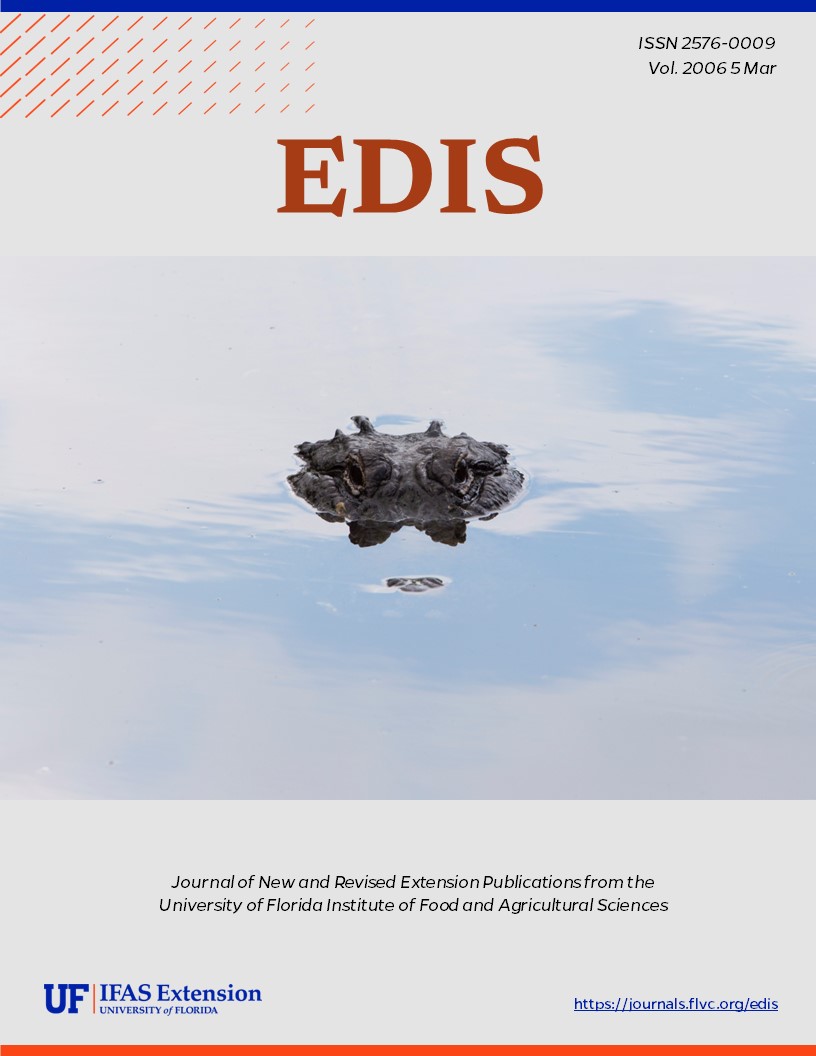Abstract
Hispanics are a major part of Florida's population, and it is critical that Cooperative Extension take steps towards addressing their educational needs. By focusing on their specific needs across the three phases of program development, extension educators will encounter greater success and impact with this important clientele group. This document is AEC-375, one of a series of the Agricultural Education and Communication Department, UF/IFAS Extension. Original publication date February 2006.
References
Bernard, S., Carroll, D., Gabbard, S., Hernandez, T., Samadrick, R. (2005). A Demographic and Employment Profile of United States Farmworkers. Findings from The National Agricultural Workers Survey (NAWS) 2001-2002, 9. Retrieved July 28, 2005 from http://dol.gov
Bocanegra, M., Warrix, M. (1998). Keys to Building Successful Training Programs for Hispanic Family Day Care Providers. Journal of Extension, 36, 6. Retrieved February 25, 2005 from http://www.joe.org
Johnson, A. (1999). That curious mixture of English and Spanish is here to stay. The Broadsheet. Retrieved August 1, 2005 from http://www.spainview.com/spanglish.html
Knoche, L., Zamboanga, B. (2003). Voices from College Student Mentors: Implications for Extension Programming with Latino Youth. Journal of Extension, 41, 3. Retrieved February 2, 2005 from http://www.joe.org
National Academy of Sciences. (2003). Safety is Seguridad: A Workshop Summary. Retrieved May 15, 2005 from http://www.nap.edu

